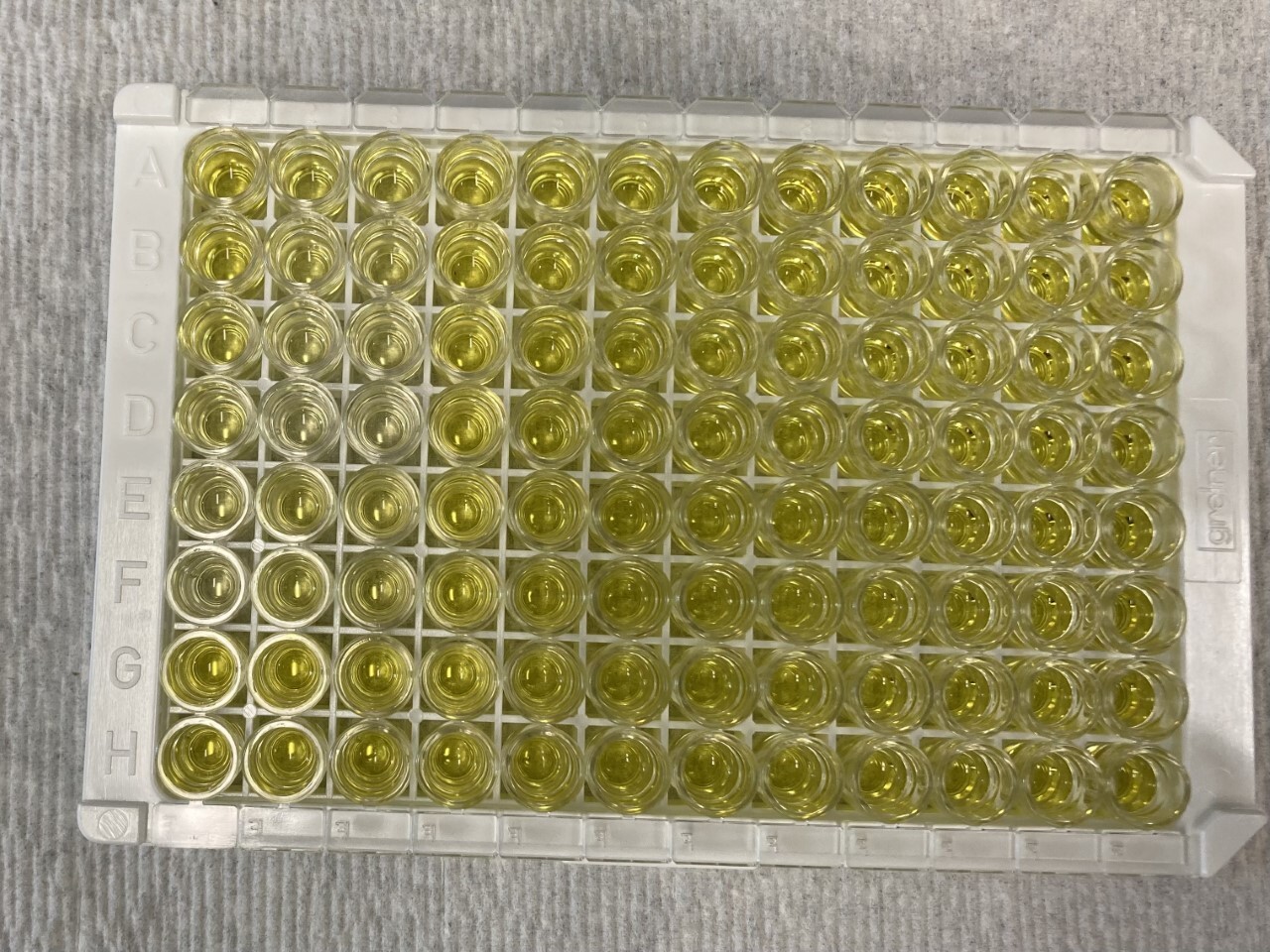CAPE CORAL, Fla.-- — Scientists at Florida Gulf University took air samples to test blue-green algae bloom impacts on air quality. The data showed toxins were in their samples, but they explained further testing needs to be done before policies can be put into place.
"How long is it going to be there? Can it be recirculated into the water? Can it then get into the air and then get into our food?," questioned
Research and Education Coordinator Adam Catasus.
Catasus has been running multiple tests on algae blooms at the lab to answers those questions, but the focus for him on this day was air quality.
"They also did air samplers," Catasus stated as he held up a small vile. "So we're testing all of those to see the progression of the bloom, did the mitigation techniques have any effect on toxic concentrations."
These samples were taken from canals in Cape Coral a few months ago. This batch will help researchers better understand if certain mitigation techniques used at the time actually work.

For this test, Catasus and his team took samples from air filters and mixed them with solutions from individual kits. Results usually take about five hours, and while we waited Fox 4's Lauren Petrelli sat down with Catasus to ask the big question everyone is curious about. Have they found anything interesting while running the initial tests?
"I mean that I was most surprised that we even found toxin in the air," said Catasus.
However, Catasus said confirming toxins from blooms are in the air isn't enough to start immediate action. They need more data to create a baseline to better understand what is considered a normal concentration versus a high concentration or low concentration.
In addition to collecting more samples for tests themselves, Catasus said they hope to get volunteers to wear something called a personal air sampler. A volunteer would wear the device while they're at the beach or fishing to help collect real-time data.
Catasus explained there have been roadblocks in their research along the way. In the beginning, there wasn't an official way to test the correlation between blooms and air quality. They eventually found an out-of-state construction company that used air quality kits at their sites and adopted that method. Another big issue, chasing air isn't exactly an easy process.
"For example, there's a river, like the water is gonna go down that river," said Catasus. "With air, it's anywhere like up, down, sideways."
The results from these specific tests will be sent over to the Centers for Disease Control. However, the lab has worked with the Florida Department of Health in the past too.
Catasus has high hopes that more data in the future will eventually lead to policymakers taking action. That will take more time, samples, and labs to get on the same page testing-wise. While he and his team are working as fast as they can, Catasus explained there is a delicate balance between working quickly but also getting it right.
"We don't want to give wrong numbers to policymakers who are then going to say people need to stay away from the water when so many businesses, especially in Florida, depend on people going on the boat and going to the beach."




